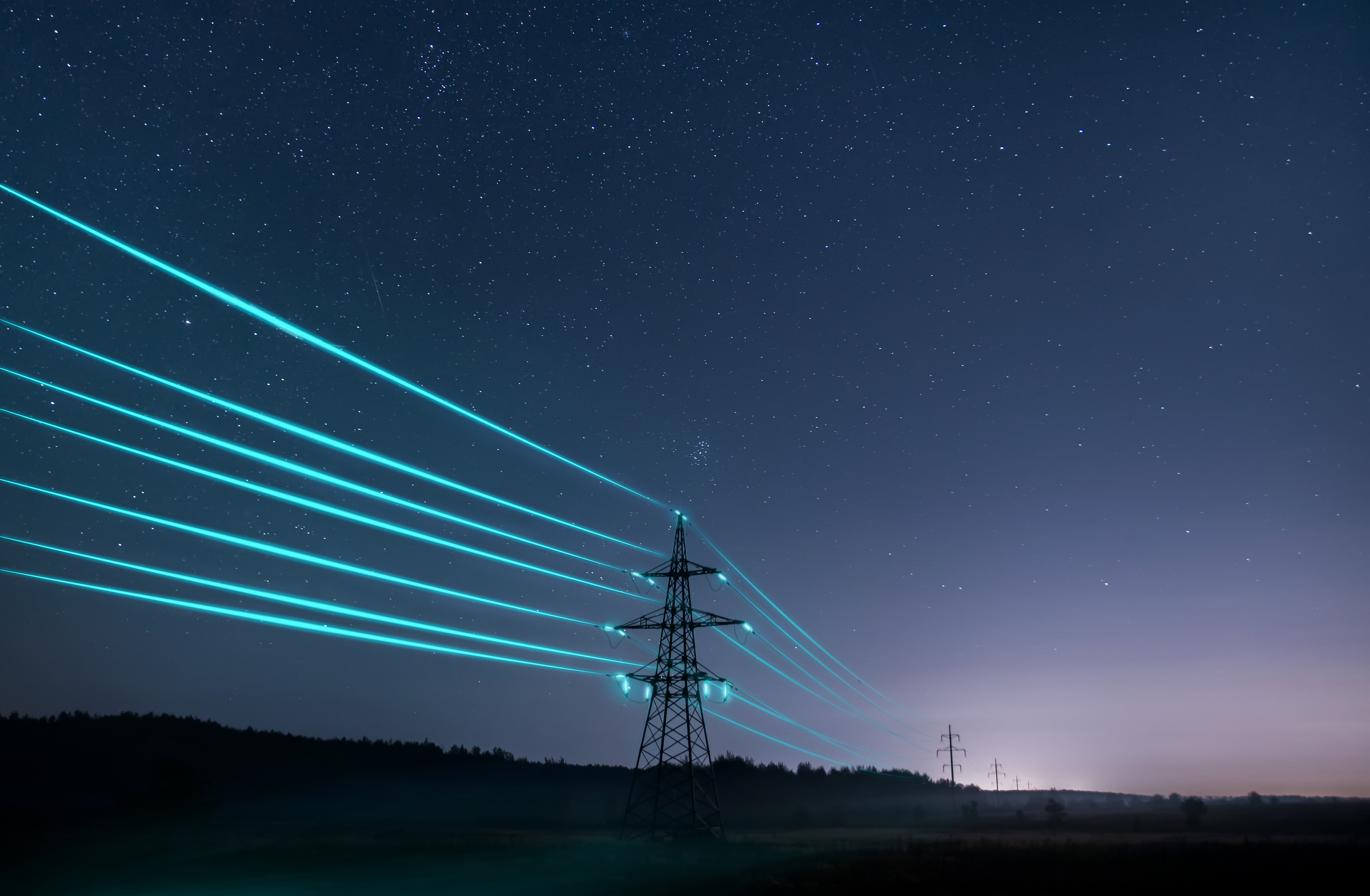Investing in power lines: The road to energy transition

-
There will be a significant increase in demand for electricity infrastructure as part of the transition to a low-carbon economy.
-
Power grids are increasingly seen as 'backbones' or 'motorways' of energy transition.
The debate about investing in electricity infrastructure to support the energy transition has been going on for decades, but in recent years public interest and awareness of its importance has grown exponentially. On the one hand, we live in a society that is increasingly concerned about climate change; on the other hand, the use of renewable technologies such as solar and wind energy has increased.
A growing body of research supports this theory. The research firm BloombergNEF has estimated that investment in an electricity grid of 152 million kilometres is needed by 2050 to meet the demands of a zero-emissions energy model. This investment should focus on the development of smart grids, which are essential for integrating renewables into the electricity system, and on the digitisation of assets and the incorporation of artificial intelligence into processes, as a digital twin of the grid, to improve the efficiency, stability and resilience of the distribution grid and the electricity system in general.
But why is it necessary to make a multi-million dollar investment in the electricity grid? It is essential to have adequate transmission and distribution infrastructure to get renewable energy to where it is needed. Building transmission lines and substations to connect renewable energy sources to the grid, and distributing renewable energy to homes, buildings and businesses, is a step we cannot afford to miss in the energy transition.
In particular, making the most of renewable resources requires investment in high-capacity, long-distance transmission lines, as these resources are often located in remote areas, far from the main areas of consumption.
Improving the transmission and distribution infrastructure will ensure that renewable energy is available when it is needed, making today's system independent of non-renewable energy for a greener future. The aim is to ensure a secure and sustainable energy supply as we move towards a zero emissions economy.